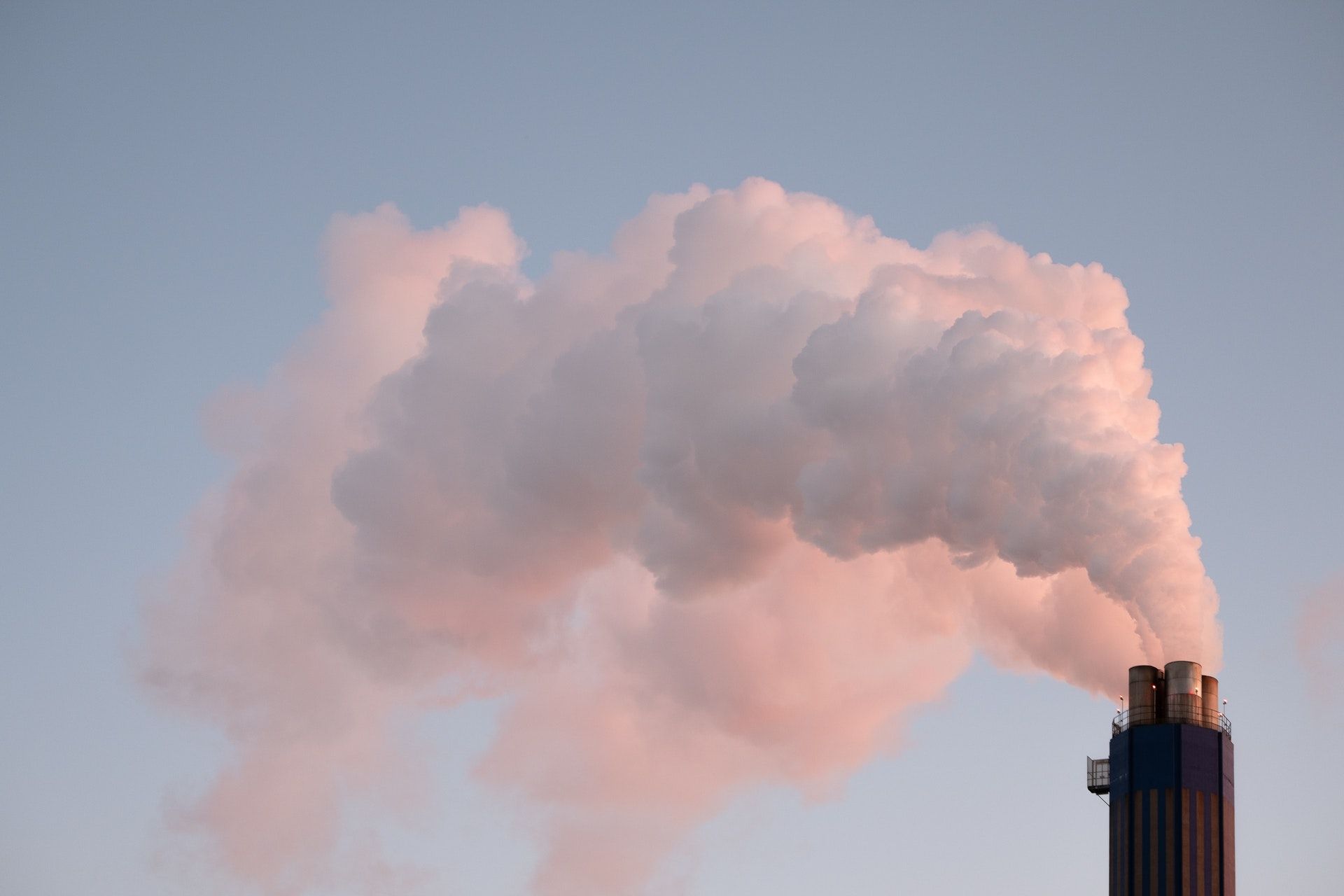
Natural cycles: water, CO2, nitrogen, phosphorus, oxygen, hydrogen
When I started planting trees to offset my CO2 emissions, I was thinking of only two things: sequestering CO2 and cleaning up land worn out by intensive agriculture. My next challenge is to understand if it can help me contribute to other natural cycles.
For that, I will use this page to list all the natural cycles (source: Wikipedia France)
Water cycle
The water cycle (or hydrological cycle) is a natural phenomenon that represents the pathway between the major reservoirs of liquid, solid or vapor water on Earth: the oceans, atmosphere, lakes, rivers, groundwater and glaciers. The "engine" of this cycle is solar energy, which, by promoting the evaporation of water, drives all other exchanges.
Nitrogen cycle
The nitrogen cycle is the whole of the phases of transformation of nitrogen. It is the cycle that nature has found to balance life. Bacteria transform salts like ammonium and nitrite so that plants can assimilate them. The cycle goes through several stages: production of waste > production of ammonium > production of nitrite > production of nitrate (then consumption of nitrates by plants)
Phosphorus cycle
Phosphorus is an essential component of organic matter, even if its importance by weight is relatively low compared to nitrogen or potassium. Its role is linked to the storage and transfer of energy (ATP), and to the formation of many structural compounds (nucleic acids, nucleotides, phospholipids, coenzymes,...).
Phosphate is a limiting element in many terrestrial ecosystems, due to the lack of an atmospheric reservoir; its availability is directly linked to the surface alteration of rocks. The phosphorus cycle is unique among the major biogeochemical cycles, because it has no gaseous component; it hardly affects the atmosphere.
In addition, the limiting effect of phosphorus is disrupted by anthropogenic inputs, which can cause environmental problems of eutrophication. Humans have caused major changes to the global phosphorus cycle, through the industrial mining of phosphorus minerals, and the use of phosphorus fertilizers, as well as the shipping of food from farms to cities, where it is lost as effluent.
It also differs from other cycles in that the transfer of phosphorus from one reservoir to another is hardly controlled by microbial reactions, as is the case in other biogeochemical cycles, because "phosphorizing" bacteria are rare1,2 . Phosphorus nevertheless circulates in the different lithospheric compartments, in aquatic and terrestrial environments and in food webs.
Oxygen cycle
The oxygen cycle is a biogeochemical cycle that explains the transformations of oxygen in the terrestrial biosphere between its different degrees of oxidation, into ions, oxides and molecules through various redox reactions, within and between the reservoirs of the planet Earth.
Hydrogen Cycle
The Hydrogen Cycle is the biogeochemical cycle of hydrogen. The element hydrogen is one of the components of water. It actively participates in the cycle of carbon, nitrogen, sulfur and oxygen.
The anaerobic fermentation of organic substances into carbon dioxide and methane involves various biochemical reactions, processes and species of microorganisms.
One of these many processes is called "interspecies hydrogen transfer". This process has been described as a symbiosis between certain methanogenic archaea and non-methanogenic anaerobic bacteria. In this symbiosis, the non-methanogenic anaerobic bacteria break down organic substances and produce, among other products, molecular hydrogen (H2). This hydrogen is taken up by the methanogenic bacteria which convert it into methane (methanization process).
Selenium cycle
The selenium cycle is the biogeochemical cycle of selenium. In the cycle, there are organisms that reduce the most oxidized form of the element and different organisms complete the cycle by oxidizing the reduced element back to its initial state.
Sulfur cycle
The sulfur cycle is the biogeochemical cycle of the different forms of sulfur. Sulfur is an element essential to life which, like carbon, phosphorus, oxygen, nitrogen and water, has its own life cycle.

Carbon cycle
The carbon cycle is the biogeochemical cycle (all exchanges of a chemical element) of carbon on a planet. The Earth's cycle is made more complex by the existence of large oceanic water masses and, above all, by the fact that life (and therefore the carbonaceous compounds that are its substrate) plays an important role. It is characterized by the relative importance of the stocks stored in the four major natural carbon reservoirs of the planet (atmosphere, biosphere, hydrosphere and lithosphere), by the exchanges between these reservoirs, and by the general dynamic renewal (called turnover) of soil carbon (pedosphere) which generally includes mineralization (conversion of organic carbon into CO2) and transformation from one carbon reservoir to another (fresh soil organic matter and humified organic matter).

